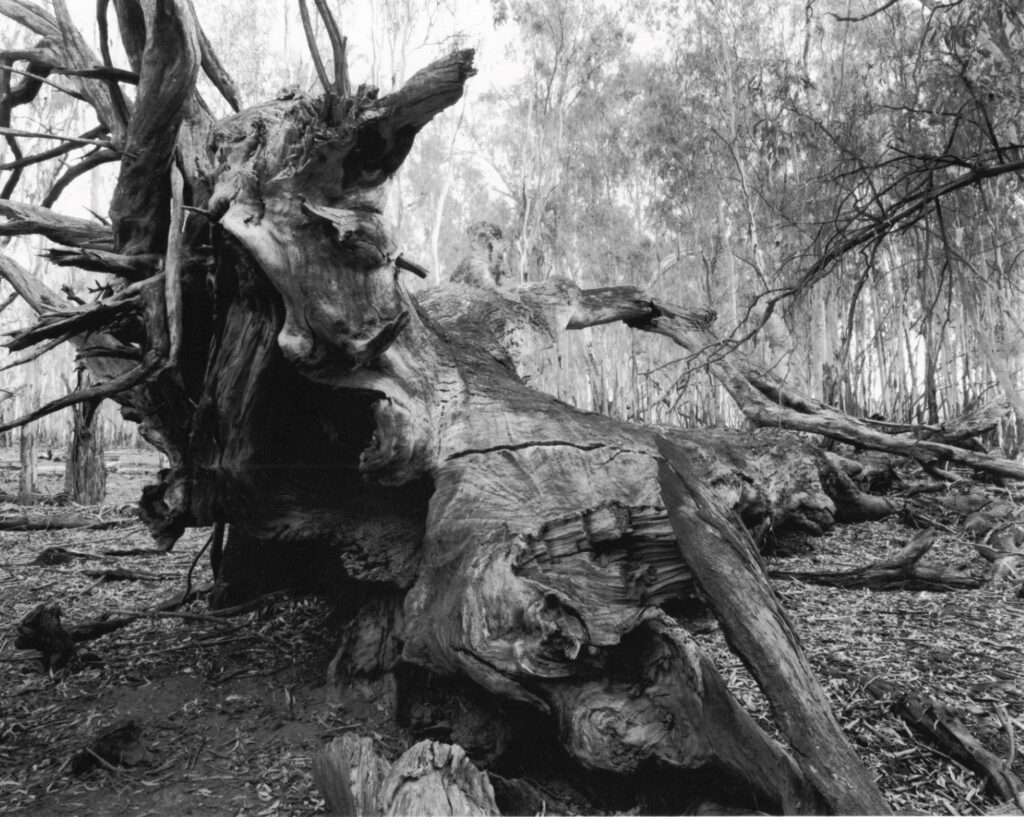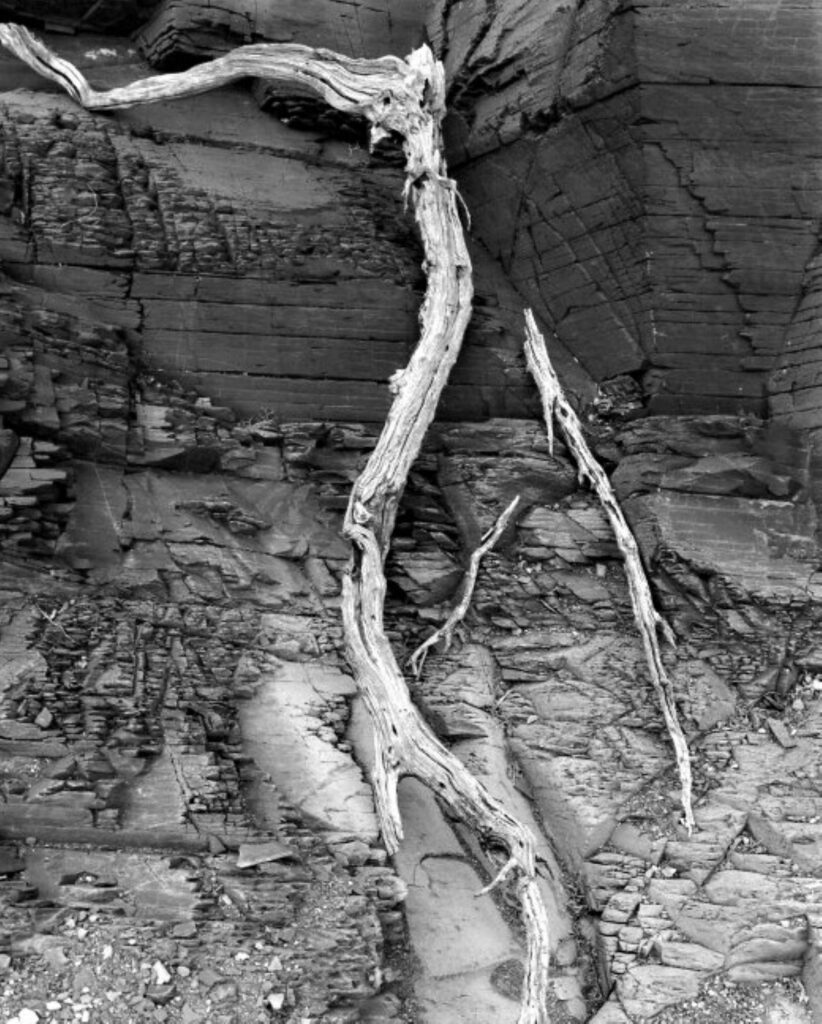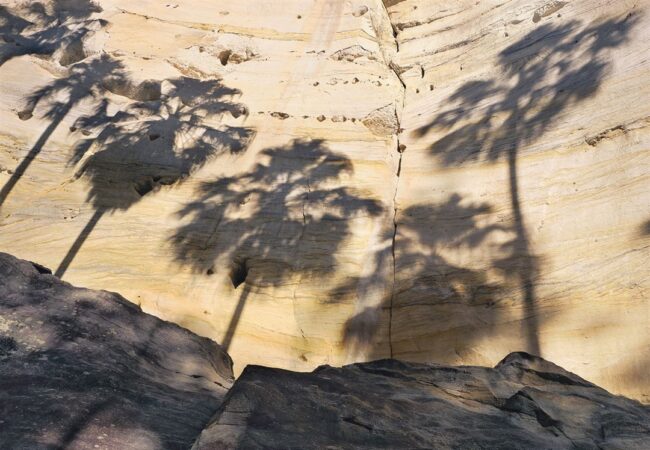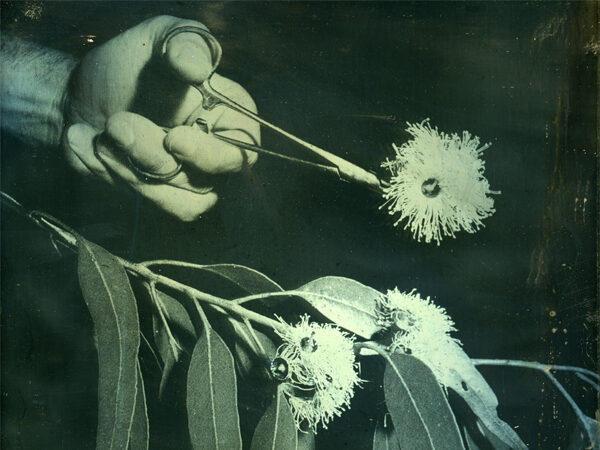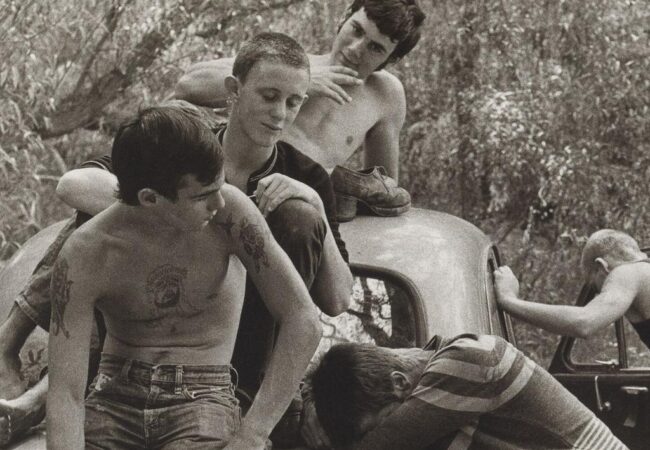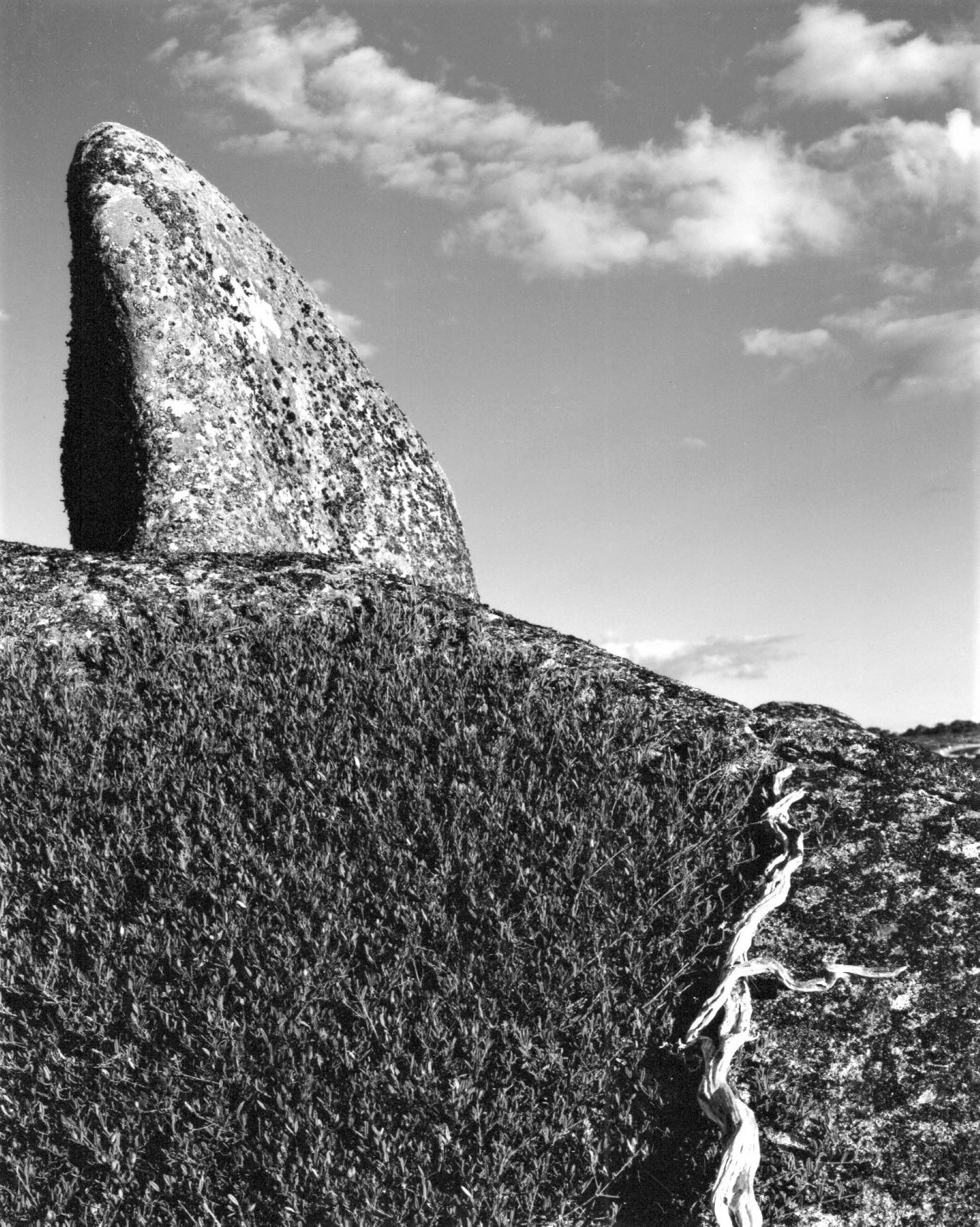
The Stick by Murray White
Do truth and reality need to be features of a landscape photograph? I guess that the answer is no in a practical sense, given that modern post production can facilitate images that bear little resemblance the real world. Perhaps a more fundamental question may be: Is it even possible for truth and reality to be features? And if so, why should they matter?
This question is not a new concept, but I had cause to consider its significance recently, following a conversation with my conscience; although to be fair, I did raise my internal narrative with several fellow large format landscapers as well. I admitted to adding a stick to a composition before capturing the image, and was curious as to their reaction.
The immediate response was unanimous – it is sometimes acceptable to remove or shift an incidental item, but you can never add it! However following further discussion, the relevance of artistic expression, still life possibilities and even the image’s title all added to a more nuanced outcome. It became apparent that with four of us present, we could find at least four ways to accept an altered landscape!
Now before I am irreversibly tainted with the stain of deception, I will plead my case. I do occasionally remove visually distracting sticks or fallen leaves and sometimes fold down intruding foreground grasses. In my pre-darkroom days, and with the benefit of photoshop, I cloned out a prominent sign within a Karijini gorge. At the time I saw nothing wrong with removing a man made object from a natural scene; a decision it seems, of which even Ansel Adams may have approved. He had been known to take a needle to one of his negatives, in an attempt to scratch from existence, a large sign gouged into a mountain at Lone Pine.
However, when it comes to ‘arranging’ elements within a composition, I have done so only several times in many thousands of images. And tellingly, on each occasion felt uneasy about the truth of the capture. Just why this was the case for me is an interesting question, and perhaps my answer is an irrelevant factor. We must each determine our own personal definition of visual truth, or adopt that as qualified by the legal system; by applying the ‘whole truth’ and ‘nothing but the truth’. In other words we should provide full disclosure and an authentic purity to our landscape images.
The sad reality of the latter option, is that we can do neither. The subtractive process of framing an image will by definition leave supporting information from the field of view, and therefor invisible to the viewer. And authentic purity would require no less than the real subject material to be on display. A two dimensional representation, encapsulated by a moment and possibly restricted to monochromatic tones, can only suggest reality rather than be it.
Further divergence from the truth is inherent to the use of a camera. For although this device is impartial, the perspective distortions attributed to wide angle or telephoto lens usage only begin the optical trickery. Selective use of rear tilt on a view camera (or any other movement for that matter) can, with discriminating intent, influence our impression of the world. Does this type of distortion compromise the truth of Nature with any less impact than the removal or addition of a stone might?
Photography purists may argue that movements are to be used for precisely the opposite reason; we should apply their effect to counter the optical shortcomings of a lens. They may also recommend that we use a standard focal length lens where possible to replicate our eyes field of view, and avoid any significant distortion of perspective. These are both sentiments that I agree with, although it is worth remembering that reality is subjective, and even our eyes can be deceived by an apparently flat horizon, when space station astronauts will attest to something quite different.
Yet within its limitations, a landscape photograph is still perhaps the most accurate pictorial medium by which reality can be presented. Its implied connection with the natural world is to a large extent, taken for granted as we examine all of a scene’s elements for their substance and relationship to each other. The expectation of integrity is usually assumed by a viewer, and this is why we may feel cheated if we later learn that something has been changed without disclosure.
The defence of such alteration is often made on the basis that if no image is a truthful rendition, then there is nothing sacred to preserve. To me this seems a rather defeatist attitude. Surely a more lofty ambition would be to extract as much from reality as possible, rather than dilute any remaining vestiges of truth with questionable human input?
Of course human input or intent is essential in the quest for art, and herein lies our problem. How can we create aesthetic work and still depict truth and reality within our image? Does not art reside on a more esoteric plane than an ordinary scene? I think not, and with landscape photography in particular, we have the opportunity to blend realism and art by drawing attention to the innate beauty of our environment – a beauty that exists even within the imperfections that we may at first glance think need improvement.
The concept of modifying landscape under the banner of artistic expression is entirely reasonable though, so long as it is not deceitful in intent. When Edward Weston removed a nautilus shell from its natural environment to study its form under controlled lighting, it was done to emphasise the beauty of reality. We have no reason to question the photograph’s genesis.
In ‘Shell and Rock Arrangement’, Weston also relocated a shell, this time to a barren setting, devoid of anything but black boulders. The juxtaposition of these two elements was so stark that we intuitively know the hand of man was involved. Even the image title informs us of an ‘arrangement’; there is no deceitful intent here, just pure photographic artistry.
However, had that same shell been relocated to a beach setting and set up as a major element within the composition (without disclosure), in an attempt to suggest reality, I would probably have less respect for the image. I would be similarly disappointed to learn of sky swaps or ‘warped’ hills, especially if the photograph was presented as an image of reality.
Despite the ease with which digital manipulation has become normalised, my view is that photographs are still largely seen as reality by proxy, so our input as photographers should respect both the viewer and the environment. We can and indeed must, use selective framing, appropriate lighting and potentially sympathetic darkroom/post production work as our primary artistic tools.
But try as we might to orchestrate every aspect of a landscape image, it is the natural world that remains responsible for the music. Its significance is, I think, amplified by its reality and to compromise that link in any substantive way may not only be disrespectful, but probably counterproductive as well.
My few futile attempts to manipulate the structure of a natural setting were less than satisfactory on several levels, ironically including the final clumsy visual outcomes that clearly spoke of intervention. The accompanying feelings of ‘unease’ were not only the result of knowing the manipulation would be hidden (how can you adequately reveal the extent of such things?), but also in knowing that I had imposed an artificial reality on an entity incapable of protest. For me at least, this disrespect to landscape itself was a greater burden.
I hold no rigid view on what particular actions may constitute disrespect, and I suspect that everybody will have a different version of what is right. For example I am accepting of benign changes that don’t impact the structural content or message within a composition; shifting minor elements that may intrude on the main subject, and so on. My over riding philosophy is very clear though – respect for landscape and viewer are paramount.
I have now come to believe that artistic expression within a landscape photograph still requires reality (compromised as it may be) to frame the architecture of the image. The art exists within landscape but we must find it, not arrange it. ‘The Stick’ has served its purpose – long may the chase continue!
Main photograph above: The Stick. My attempt to ‘arrange’ this composition by adding a stick bothered me so much that I have now destroyed the negative. Although the stick was lying just a few strides away, it did not appear here by natural means, and is way too significant in the composition to be overlooked by a viewer. I returned the next day to remove the stick.
